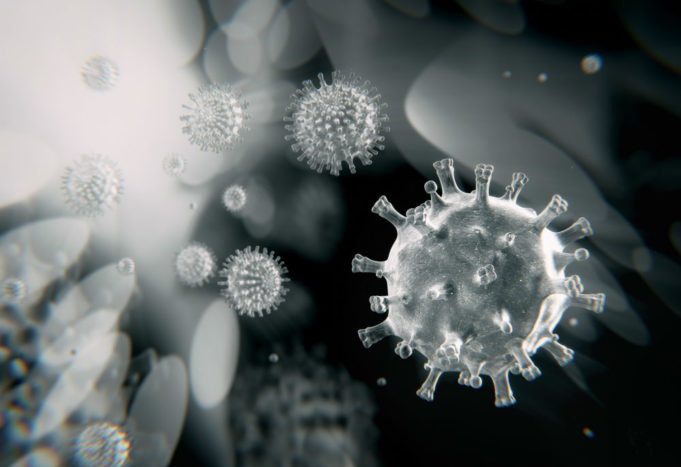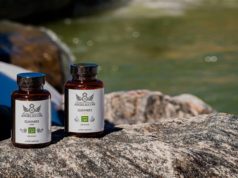If there’s anything to be learned from the COVID-19 pandemic that has put a large portion of global society on lockdown as of late, it’s that the speed and volume at which the disease spreads is remarkably high. What started as a few cases of pneumonia in China in late December / early January has now spread across countries and continents, with over 400,000 reported cases and more than 18,000 deaths all told.
With public gathering spaces of all types closing down to slow infection rates, there has been a resurgence of attention on cleanliness, and for good reason. The Center for Disease Control has provided very specific guidelines regarding COVID-19 prevention with a heavy focus on hand-washing and disinfection methods. They and other experts stress that these methods are the best possible means of preventing the spread of the virus, next to social distancing.
Across the country and around the world, many people are finding themselves at home nearly 100% of the time as a result of the pandemic–be it in a working capacity, as a social distancing precaution, or in compliance with a shelter-in-place order. While many people are content enough to practice standard cleanliness procedures and remain indoors to avoid infection, others may be wondering what extra steps can be taken to mitigate their chances even further.
The SARS-CoV-2 virus that causes the COVID-19 disease is new and still vastly understudied, so no definitive claims can be made about the effectiveness of one antiviral agent over another. However, the EPA provides a list of products with emerging viral pathogens claims–in other words, products that have been demonstrated to work effectively against pathogens similar to COVID-19, including other coronaviruses.
These products range from bleach to hand sanitizer to Lysol spray cleaners, with most utilizing either quaternary ammonium or hydrogen peroxide as their main active ingredient. Sodium hypochlorite, ethanol, and several different acids also have been proven effective against viral pathogens. But the cleaning agents that utilize these disinfectants can only go so far to eliminate the presence of these organisms–mainly, in the form of wiping down surfaces and hand-sanitizing. What about the remaining viral particles floating through the air? How can you protect your home from these airborne pathogens?
As it turns out, air purifiers are one of the most popular products on the market for improving home air quality. While they can be great tools for removing dust, pet dander and pollen, many of them are also effective against viral and bacterial airborne pathogens. Germicidal air purifiers are specifically designed for this, and are particularly formidable when equipped with a HEPA (High Efficiency Particulate Air) filter. These filters are rigorously tested, using an intricate web of fibers to ensure removal of 99.97% of particles larger than 0.3 microns. For reference, a bacteria’s size ranges from 0.3 to 60 microns, so to say that these machines are adequate in removing most airborne microbes would appear highly credible.
Many competing models of air purifiers are on the market today, with HEPA-equipped ones being on the more expensive side. They can be found at popular retail locations, or for a professional installation of an advanced air purifier, contact a local HVAC company that sells such products.
Another way to combat indoor airborne pathogens is via the use of ultra-violet lights. UV lights are known to prevent reproduction of viral and bacterial cells by damaging their DNA. However, the affected area must be immersed in UV light for a substantial amount of time. The best utilization of UV light in this capacity is in conjunction with an air purifier. Many models of purifiers come with a UV lamp that irradiates pathogens as they pass through it, in addition to filtering out particulates.
Other tips for reducing airborne pathogens in your home include controlling humidity and keeping up with linen-washing. Studies have shown that maintaining a relative humidity of 40 – 60% in the home can reduce airborne flu virus survivability by 30%. Controlling humidity is especially important during the winter months, when humidity is lowest and more people are staying indoors, both of which can contribute to higher levels of airborne pathogens inside a home. A popular way of increasing relative humidity indoors is by using a humidifier.
Because viruses and bacteria can survive for quite some time on surfaces, and because people often expel mucous, saliva and other germ-filled fluids on their sleeves, it is also recommended that regular linen-washing be performed as an extra precaution. Using a hot setting in the washing and drying cycles will also help eliminate germs.












